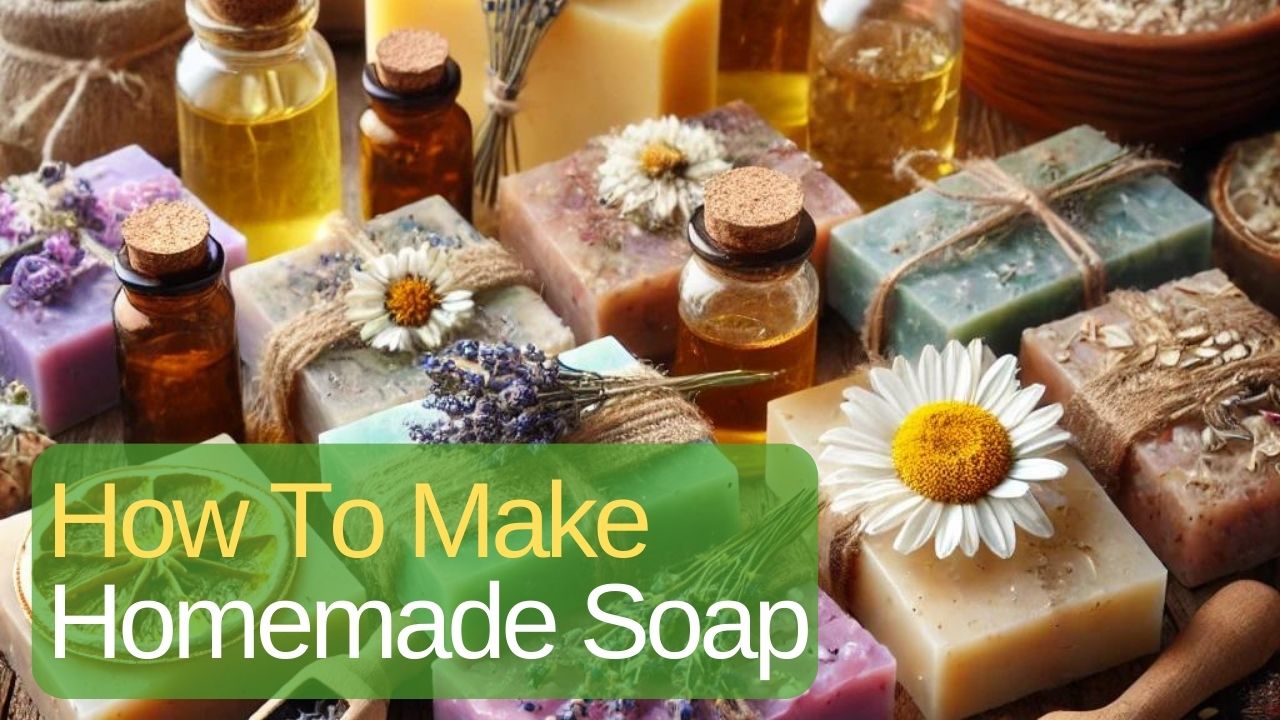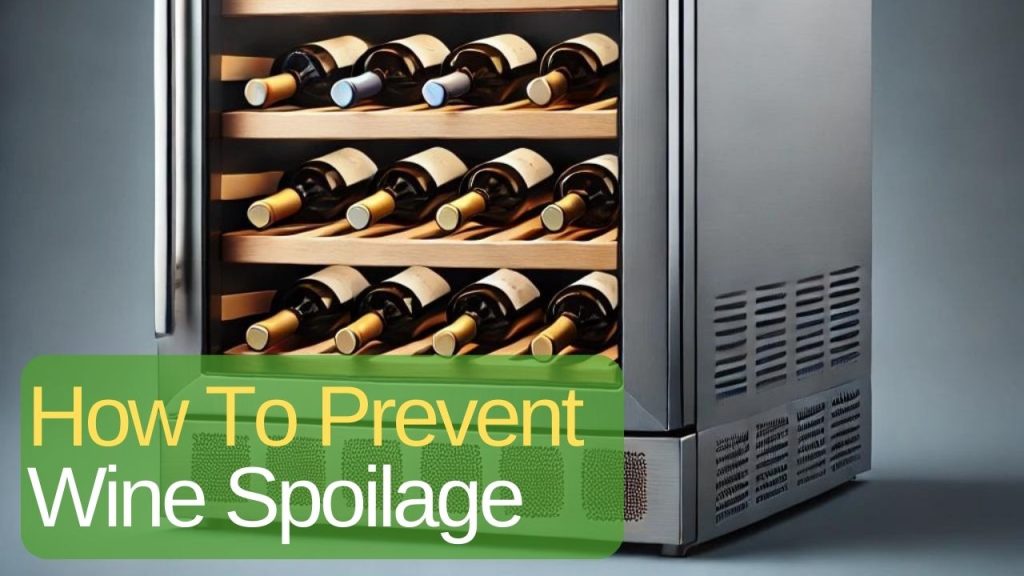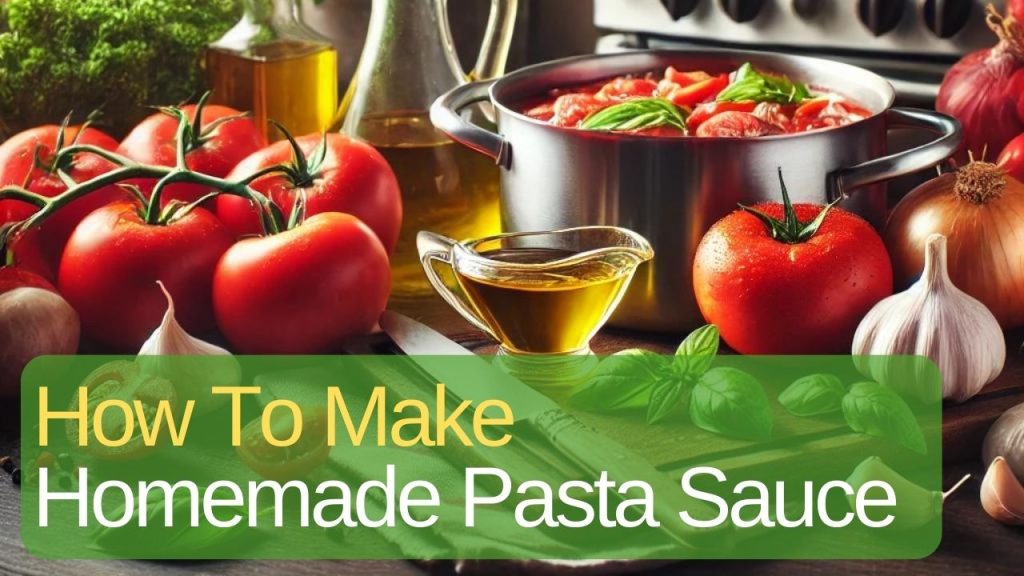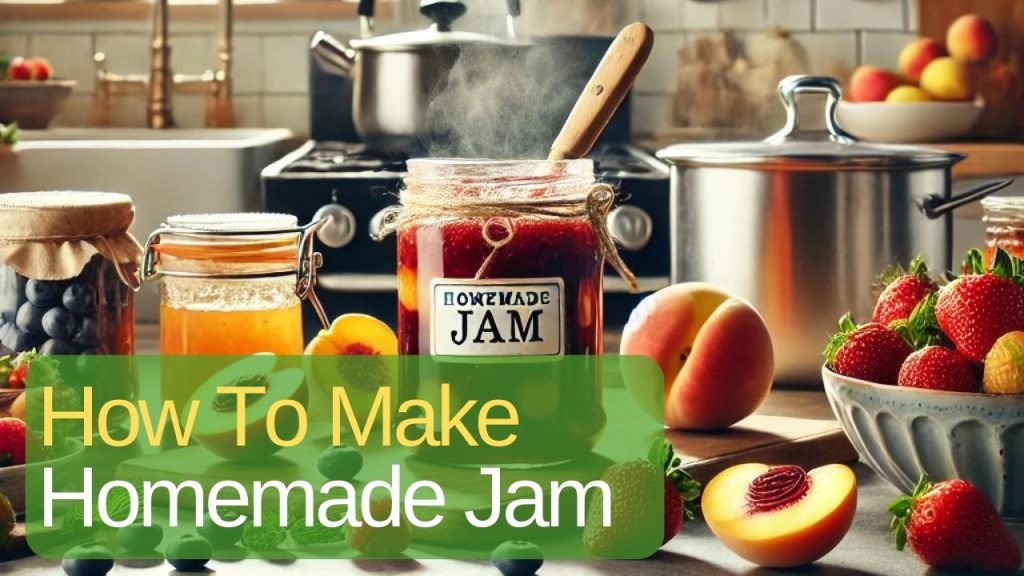Making homemade soap is a rewarding and creative activity that allows you to customize your own products using natural ingredients. Whether you’re a beginner or an experienced soap maker, this guide will walk you through the process, from gathering materials to customizing your soap with scents, colors, and additives. Let’s dive into the art of how to make homemade soap and discover how easy and enjoyable it can be.
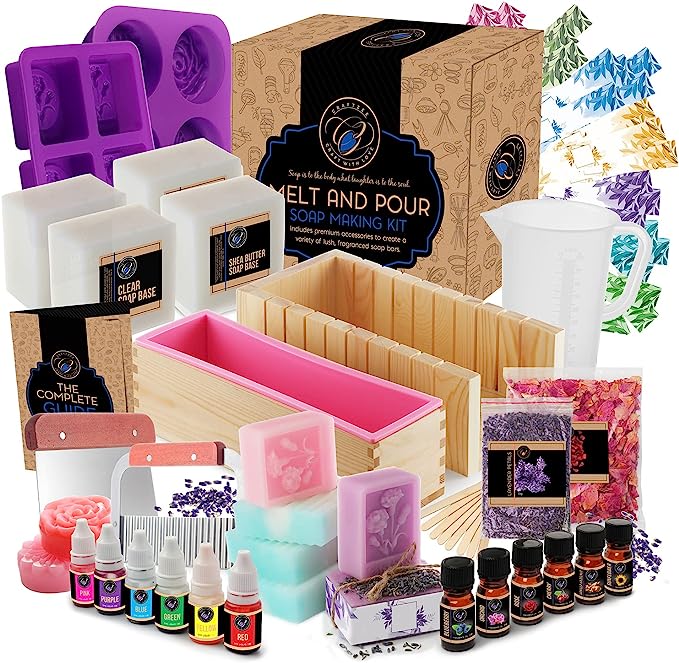
Ingredients and Equipment for How to Make Homemade Soap
Before you start, it’s essential to gather all the necessary ingredients and equipment. Here’s what you’ll need:
Ingredients:
- Lye (Sodium Hydroxide): The essential component for soap making. Handle with care.
- Oils and Fats: Olive oil, coconut oil, palm oil, and shea butter are popular choices.
- Distilled Water: To mix with the lye.
- Essential Oils: For fragrance (optional).
- Colorants: Natural colorants like clays, herbs, or micas (optional).
- Additives: Oatmeal, dried flowers, or exfoliants (optional).
Equipment:
- Digital Scale: For accurate measurements.
- Heat-Resistant Containers: For mixing lye and oils.
- Stainless Steel Pot: For heating oils.
- Thermometer: To check temperatures.
- Stick Blender: For blending the soap mixture.
- Soap Mold: Silicone molds work well.
- Safety Gear: Gloves, goggles, and long sleeves to protect from lye.
Safety Precautions for How to Make Homemade Soap
Handling lye can be dangerous if not done correctly. Follow these safety tips to ensure a safe soap-making experience:
- Wear Protective Gear: Always wear gloves, goggles, and long sleeves.
- Work in a Well-Ventilated Area: Preferably outdoors or in a space with good airflow.
- Add Lye to Water, Not Water to Lye: To prevent a hazardous reaction.
- Keep Vinegar Nearby: It can neutralize lye in case of spills.
Methods of How to Make Homemade Soap
There are several methods for making soap at home. We’ll cover the two most popular ones: Cold Process and Melt-and-Pour.
Cold Process Soap Making
The cold process method involves mixing lye with oils and fats to create a chemical reaction called saponification. Here’s how to do it:
- Prepare Your Work Area: Lay out all your materials and equipment.
- Measure Ingredients: Use a digital scale for accuracy.
- Mix Lye and Water: Carefully add lye to water and stir until dissolved. Let it cool to about 100°F.
- Heat Oils: In a stainless steel pot, heat your oils to 100°F.
- Combine Lye and Oils: Slowly pour the lye mixture into the oils.
- Blend: Use a stick blender to mix until you reach “trace” (when the mixture thickens).
- Add Fragrance and Colorants: Mix in your chosen scents and colors.
- Pour into Mold: Transfer the mixture to your soap mold.
- Insulate and Cure: Cover the mold and let it sit for 24-48 hours. Then, remove the soap and let it cure for 4-6 weeks.
Melt-and-Pour Soap Making
The melt-and-pour method is easier and doesn’t require handling lye. It’s perfect for beginners:
- Cut Soap Base: Cut a pre-made soap base into cubes.
- Melt: Melt the cubes in a microwave or double boiler.
- Add Fragrance and Colorants: Stir in your chosen additives.
- Pour into Mold: Pour the mixture into your soap mold.
- Cool and Unmold: Let the soap cool and harden before removing from the mold.
Customizing How to Make Homemade Soap
One of the joys of making homemade soap is the ability to customize it. Here are some ideas:
- Scents: Use essential oils like lavender, peppermint, or eucalyptus.
- Colors: Natural colorants such as turmeric, spirulina, or activated charcoal.
- Additives: Include oatmeal for exfoliation, dried flowers for decoration, or shea butter for extra moisturizing.
Common Questions About How to Make Homemade Soap
Can I make soap without lye?
Technically, no. All true soap requires lye in the saponification process. However, you can use a melt-and-pour base, which has already gone through saponification and is safe to handle.
How long does homemade soap last?
Properly cured and stored soap can last up to a year or more. Store it in a cool, dry place.
Can I use fresh herbs in my soap?
It’s best to use dried herbs to prevent mold and bacteria growth in your soap.
Why did my soap turn out crumbly?
This could be due to incorrect measurements or temperatures. Ensure you’re following the recipe closely and accurately.
How can I make my soap more moisturizing?
Add nourishing oils like shea butter, cocoa butter, or avocado oil to your recipe.
Making homemade soap is a fun and fulfilling craft that allows you to create personalized, natural products. Whether you choose the cold process or melt-and-pour method, the possibilities for customization are endless. Happy soap making!

